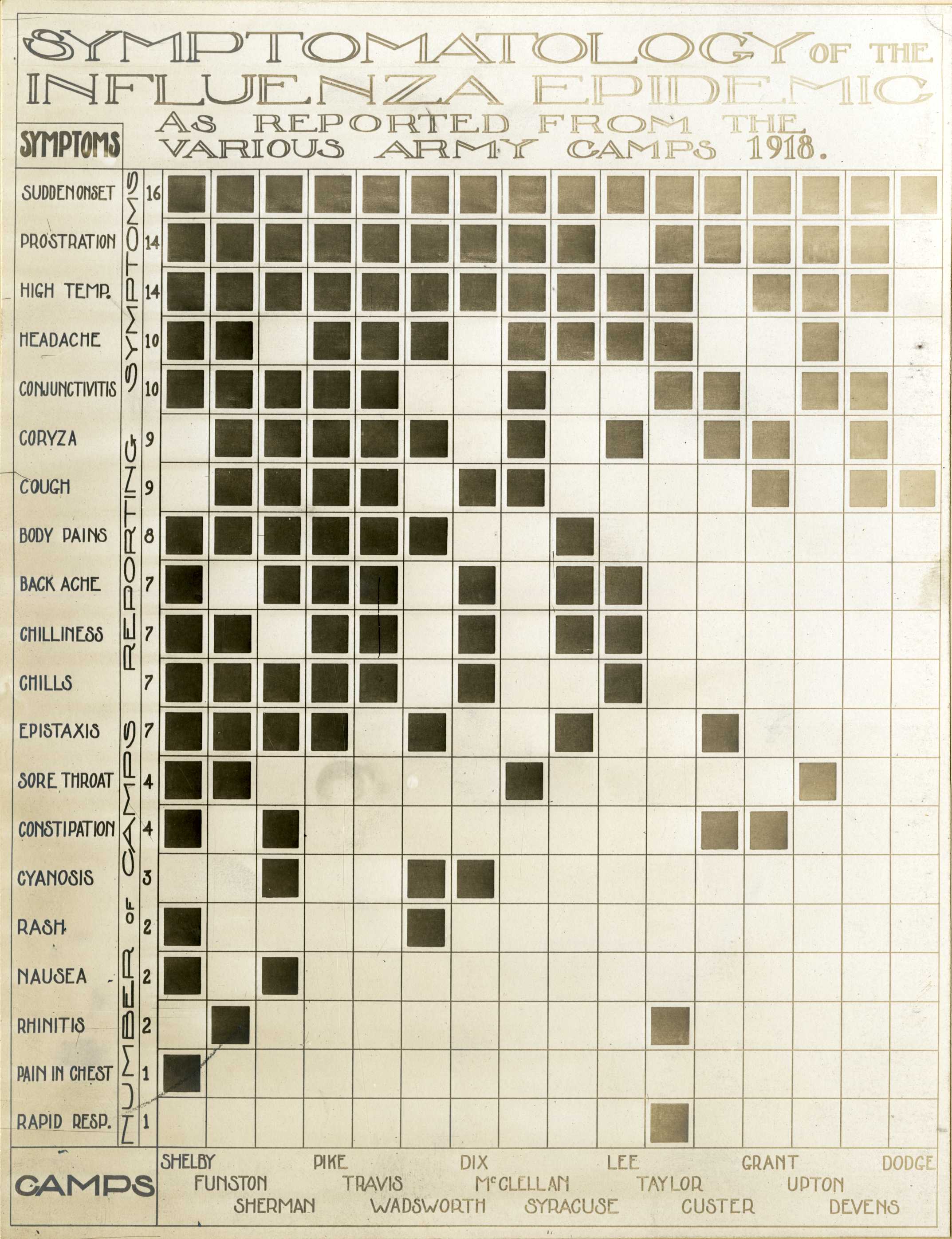
Photo from academic.microsoft.com
We analyse paediatric ophthalmic data from a large sample of children aged between 3 and 8 years. We use a Bayesian additive conditional bivariate copula regression model with sinh-arcsinh marginal… Click to show full abstract
We analyse paediatric ophthalmic data from a large sample of children aged between 3 and 8 years. We use a Bayesian additive conditional bivariate copula regression model with sinh-arcsinh marginal densities with location, scale, and shape parameters that depend smoothly on a covariate. We perform Bayesian inference about the unknown quantities of our model using a specially tailored Markov chain Monte Carlo algorithm. We gain new insights about the processes, which determine transformations in visual acuity with respect to age, including the nature of joint changes in both eyes as modelled with the age-related copula dependence parameter. We analyse posterior predictive distributions to identify children with unusual sight characteristics, distinguishing those who are bivariate, but not univariate outliers. In this way, we provide an innovative tool that enables clinicians to identify children with unusual sight who may otherwise be missed. We compare our simultaneous Bayesian method with a two-step frequentist generalised additive modelling approach.
Journal Title: Statistics in medicine
Year Published: 2019
Link to full text (if available)
Share on Social Media: Sign Up to like & get
recommendations!